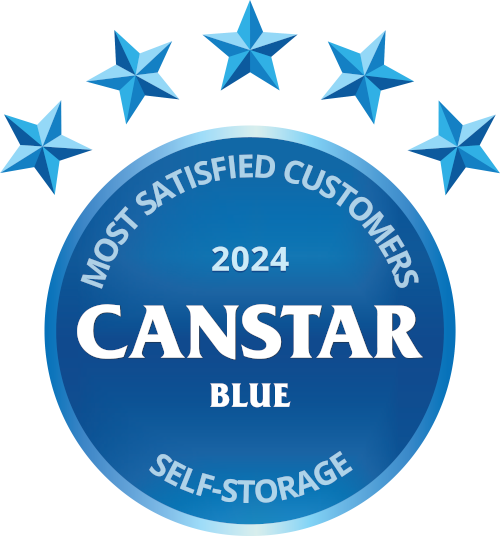How to Organize Your Storage Unit Using Shelves
Shelving Solutions For Storage Units
While it is possible to pack a storage unit efficiently by carefully stacking the largest and heaviest items at the bottom and the lighter items on top, it is not the most effective way. In both business and home storage scenarios you may have a mixture of items which are not able to be stacked in this way. For example, all of your items may be delicate or large and heavy and cannot be stacked without damage.
It is not unusual to pack the unit when storing the items initially and then have them remain in storage for much longer than intended. Over time packaging and boxes can deform and separate from the weight of the items above. Commercial items will often be packaged with limits on the weight or number of boxes that may be stacked on top. Although regrettable, unlike home storage commercial items lose their attractiveness and are harder to sell if their packaging is damaged. This can lead to unhappy customers and returns. Effective storage also allows easy rotation of stock with expiry or use by dates.
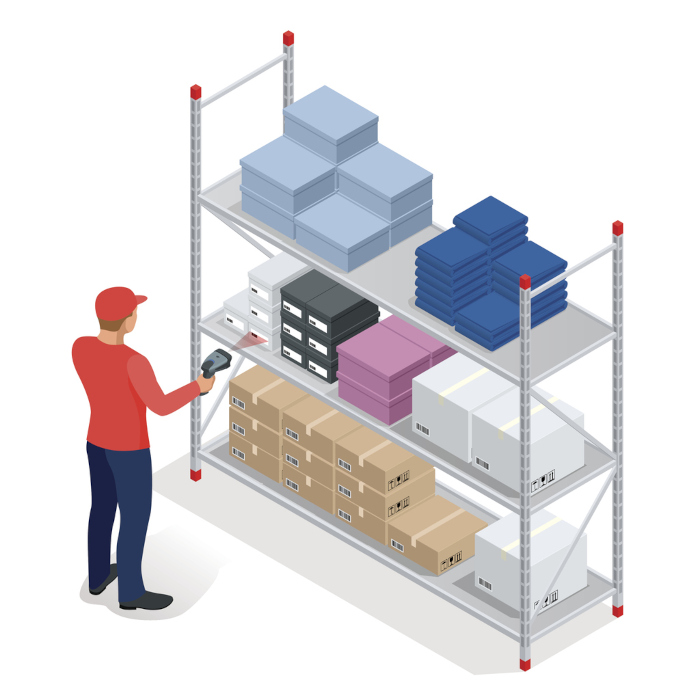
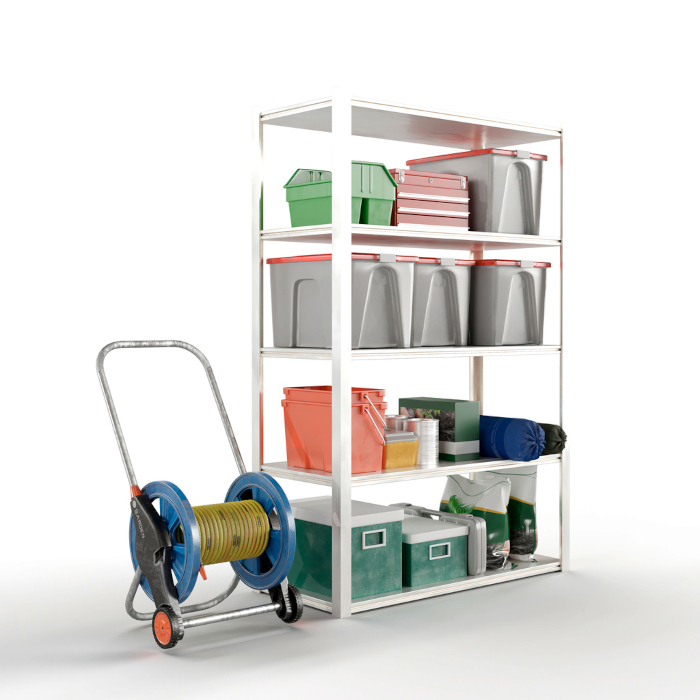
In this article we are going to look at shelving solutions for both home and business storage that will ensure that:
- Your unit makes efficient use of space and so is cost effective
- Items stored in the unit are easy to locate, add or remove
- Items are not damaged by other items or the way they are stacked during storage
- Correct choice of packaging items for storage can protect them from long term harm
Shelving Rules at Kiwi Self Storage
While you are free to store anything in your unit that meets our rules for storage there are some rules around shelving to ensure the units are not damaged or altered and that items can be stored safely. The rules around shelving in the units are:
- Shelving must not be more than 2.5m high (or the height of the netting at the top of the storage unit, if present)
- The shelving must be free standing and not attached to the walls or floor of the unit
- The shelving must not lean against the walls of the unit for support
- It must be able to be easily disassembled into its component parts for removal and must not be permanently welded or glued together making this impossible
- The shelving must be suitable for the weight of the items being stored where collapse of the shelving could cause injury to yourself or others or damage to the units and/or the property of other customers of Kiwi Self Storage. Most shelving has its maximum load for each shelf clearly indicated in the instructions or on the packaging, (See Materials for Shelving)
Selecting Shelving
Whether you are considering new shelving or using shelving you already own, you need to take some things into consideration:
- What size storage unit will I need to store the items I want to store?
This will depend on how you want to access the storage unit after packing. If you are using the shelving to efficiently store and protect items, you may not need to leave room for walkways to enable access to all the stored items. On the other hand, if you are storing inventory or tools in the unit, it is likely you will need to leave space to access the contents later. Consider allowing for space for a walkway to enable easy access later - Make at least a simple plan with the layout of the shelving in the unit and where you will be storing the items. Don’t forget to allow for any access way
- How wide do the shelves need to be to store my property, but also enable access?
Shelving units will often come in different shelf widths; If you are storing smaller items you may be able to use narrower shelves. Likewise, different lengths are available - How big does the unit need to be to accommodate what I am storing?
When you have worked out the size and position of shelves and access to them, arrange to visit us. You can then layout the plan by measuring the size and position of the shelving in an actual unit to determine the correct size of unit you will require. You may need to compromise by having two smaller shelves rather than one large one for access or budgetary reasonsTry our tools to work out your requirements.
Space Calculator
How Much Space 3D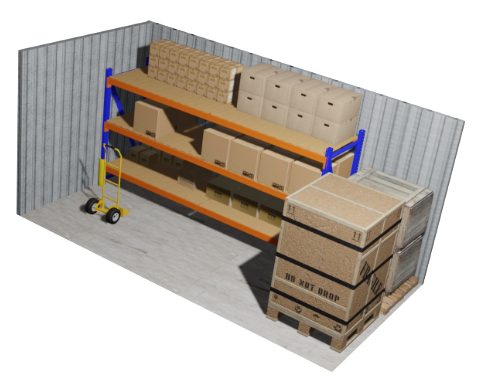
- Will the shelving when dismantled fit through the door of the storage unit?
An obvious question, but easily overlooked. Some of our units do have double doors, please enquire if you think you may need more access room. You can also confirm this during your visit - Which shelving material will support the weight of items I am planning to store?
See below for common shelving materials. - Can I carry and assemble the shelving myself if I am unable to get assistance? (Remember our staff cannot assist you). We provide trolleys to assist you with taking items to your unit, however you may find heavier shelving harder to move. Consider lighter options if this will carry the load you are planning on storing. Free standing shelving that you can carry and assemble yourself will usually be the best option
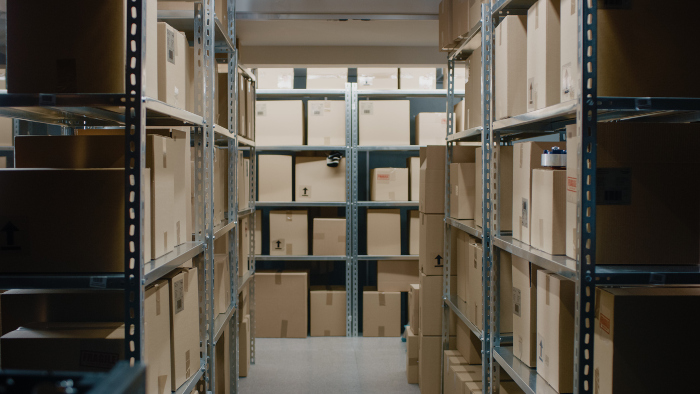
Types Of Shelving
The main decision to make concerning shelving is the material from which it will be constructed. The material will usually be metal such as steel or aluminium, wood or in some cases for lighter shelving, plastic. Unless the shelving is constructed like furniture it will usually consist of a frame and shelves. The frame of the unit and the shelves do not need to be made from the same material.
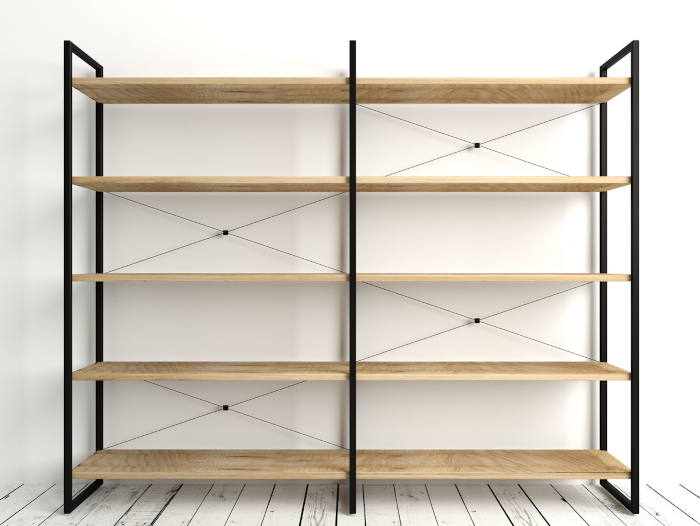
Shelving with metal frame and wooden shelves
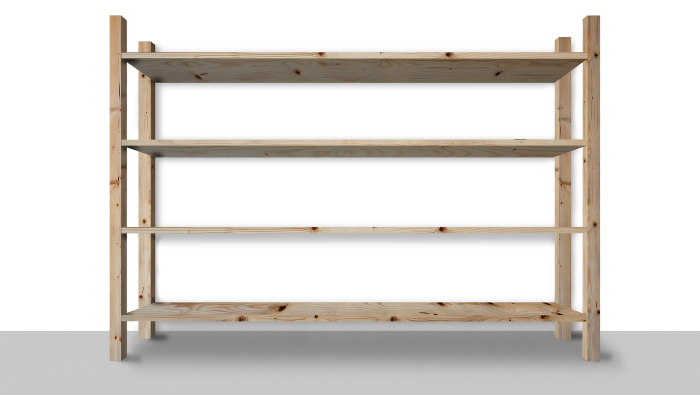
Wooden shelving can support a lot of weight or lighter versions are great for storing lighter items and are easy to move
The load rating for shelving is often shown on the outside of the box it arrives in, or in the user manual. Calculate your requirements based on the heaviest items you will be storing. Aside from the shelving material, you will need to consider the best option for the shelves. As well as normal solid shelves there are other options available:
- Wire shelving
Can carry a decent load, is light to carry and assemble and allows ventilation around the items you are storing. This airflow is great for ensuring your items do not get damp or mouldy. For more on this read the following article:
Keeping Storage Units Dry
The shelving you are considering may have an option that allows you to pick the type of material the shelves are constructed from - Baskets and trays
Some shelving will allow you to use baskets and trays to store smaller items instead of shelves. This is a good solution when you cannot stack items due to fragility. - Bins
Bins come in many designs and are great for smaller items that need to be stored in quantity, but be quickly accessable for picking, stock taking etc.
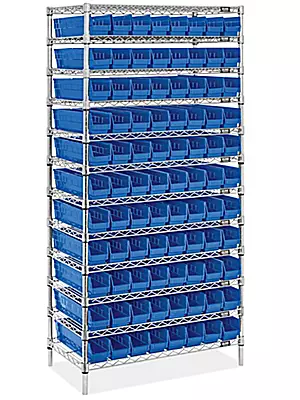
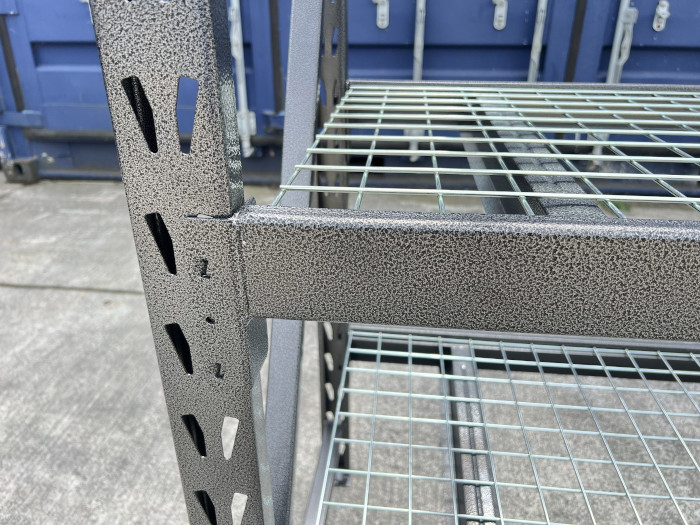
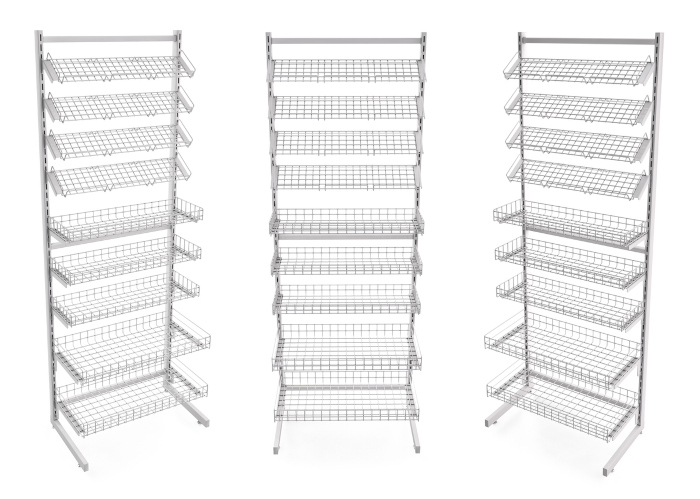
Where to get shelving
If you are a handyman you can build your own shelving with materials and tools available at a hardware store. If you do take this option, please ensure your DIY shelving is well made and safe. Alternatively, those same stores sell various types of shelving systems. There are also more professional racking systems available from specialist providers for more heavy-duty requirements. Many shelving vendors, including the more specilised ones, sell their systems on Trademe or other online sites. Several will also sell directly to the public either in person at an outlet store or online.
Here are some links to shelving suppliers, more are listed as links at the bottom of this article.
Trademe
Save Barn
Affordable Rack Co.
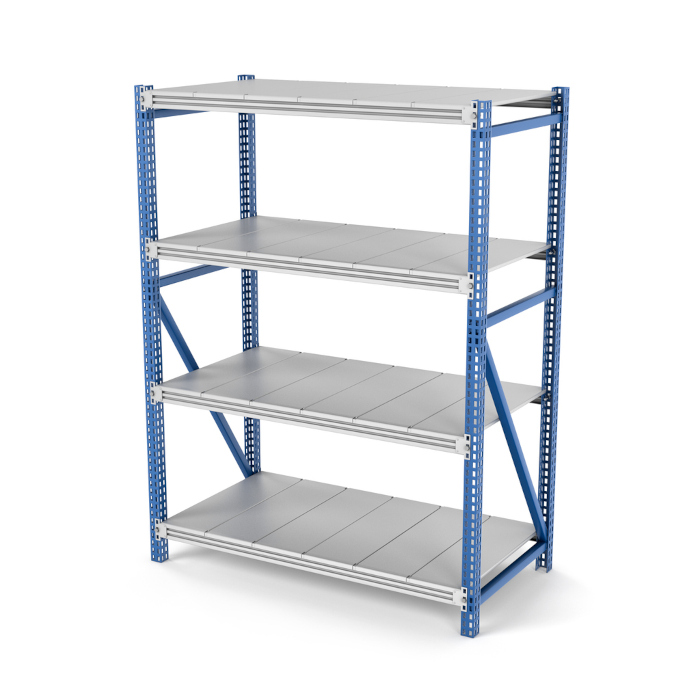
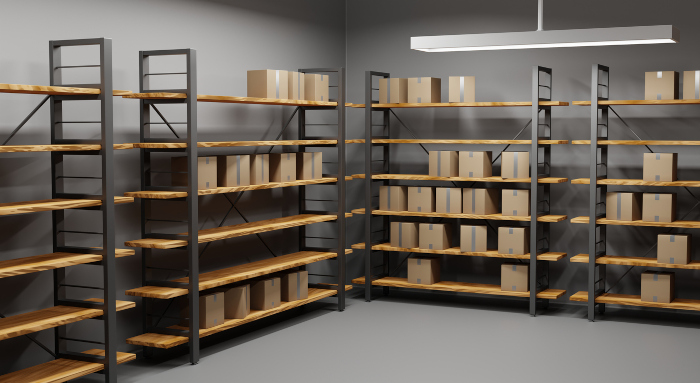
Please ensure any shelving you intend to install meets our rules listed above.
Our friendly staff can give you advice regarding shelving and put you in touch with suppliers. If you would like to know more, please get in touch by calling or contacting us online.
General Tips for using shelving
When you are planning what goes on your storage shelves, place heavier items towards the bottom. This will make it safer as it can be awkward to lift heavy items over your head. Also items that fall out of a container may hit you. If possible, place items that you rarely need on the higher, less accessible parts of your shelves so that when you go to grab what you need the items you need most are in a reachable spot. Make sure you secure any items that may come loose or roll off a shelf. Consider pallet straps to prevent this.
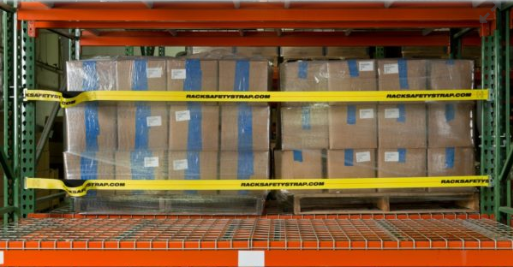
Installing shelving in an existing storage unit will give you the chance to remove or throw out some items that you no longer need. If you are transitioning from summer storage to winter, pull out all of your summer items first. This will reduce the items in the unit when you install the shelving and increase the clear space to add storage shelves to your unit.
To make it easier to use the shelving keep a step stool or small ladder in your unit so that you can easily reach any items without help. As arrange the items in the unit, side to side, bottom to top, make sure that the layout and location of items makes sense for you. It may help to draw a diagram of the shelving recording where you have stored your items. Keep a list of the contents of each container and relate it to it’s position on the shelf.
If storing commercially, your inventory system may allow you to label locations on your shelving for this purpose. Be sure to arrange the shelving in the storage unit to allow access for stocktakes. There is no point in having a highly secure storage unit if you cant find your stock.
Packaging and Moving Supplies
While space-saving is essential, protecting your belongings is equally important. Use bubble wrap, packing paper, or blankets to protect fragile items. These can go on the outside of items or used as packers or spacers in boxes. This helps prevent damage when stacking and during transit. Commercial goods are usually well packaged for transit, so don’t unpack your inventory until you are ready to stack it in your unit.
Plywood and timber can be used to spread the load over items in transit and later for a similar use in storage.
In order to have the most organized storage unit possible, you need the right supplies. Things like labels and furniture covers will make a world of difference in organizing and protecting your belongings in self-storage. Plastic wrap will help prevent humidity from effecting your items or inventory over time. If you are storing slow moving stock for example you should pack for long term storage as covered in the article:
Fortunately, you don’t have to go far to get the supplies you need. You can find boxes, tape, labels, and other organizational materials available for purchase right at our Kiwi Self Storage Box Shops. These are open during business hours or you can click and collect from our online box shops. Please note: we do not deliver.
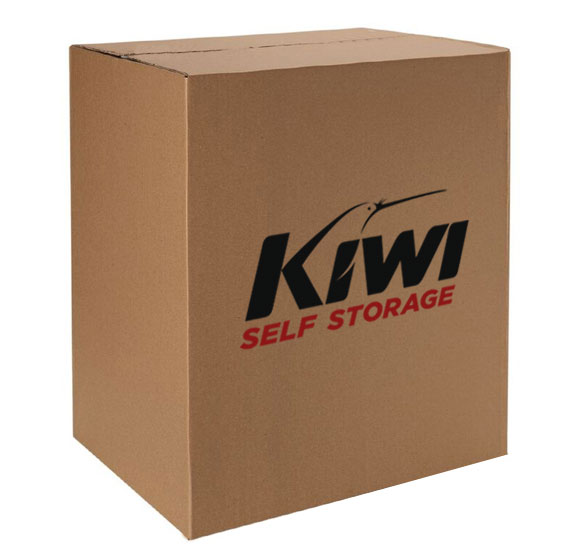
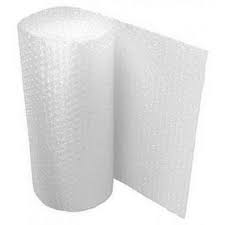
Box Shop Locations
Ellerslie Box Shop: https://ellerslieshop.kiwiselfstorage.co.nz
Mount Roskill Box Shop: https://mtroskillshop.kiwiselfstorage.co.nz
North Shore Box Shop: https://northshoreshop.kiwiselfstorage.co.nz/
Newlands Box Shop: https://newlandsshop.kiwiselfstorage.co.nz
Simple Steps For Using Shelving Effectively
- Plan Before You Pack
The key to maximizing space starts long before you even begin packing. Take inventory of what you plan to store and categorise your items.Place items together that are similar, either by size or category. This initial step helps you determine the type of storage containers you’ll need and the best way to organize them in your unit - Use Uniform Storage Containers
Opt for uniform storage containers, preferably clear plastic bins. These not only stack neatly but also allow you to see what’s inside without opening each container. By using containers that are the same size, you can create stable, easy-to-manage stacks that maximise vertical space. Use heavy duty plastic or other types of bins to store heavy or bulky items. Use archive boxes for items such as documents. Even archive boxes have a safe limit when stacking, don’t overdo it - Label Everything
Labelling is a small task that makes a big difference. Clearly label each container with a detailed description of its contents. This simple step will save you a tremendous amount of time when you need to find something quickly. This applies even for household storage - Strategically Pack Your Items
Don’t forget, when packing your items, think strategically. Place heavier items at the bottom of the boxes and the unit. This provides a stable base and prevents damage to more delicate items. Additionally, consider the frequency of use – store items you’ll need more often at the front of the unit for easy access - Disassemble Furniture
If you’re storing large items like furniture, disassembling them can free up a significant amount of space. Store the disassembled parts together and tape any screws or small components securely to the furniture they belong to - Utilise Vertical Space
Remember, don’t just think horizontally; vertical space is your best friend in a storage unit. Use shelving units to maximise this space. They’re perfect for storing boxes and other items, keeping them off the ground and organized while protecting them. Don’t forget, you can stack items on each other if they or their packaging can handle it - Create an Aisle
While it’s tempting to pack every inch of your storage unit, leaving an aisle for access is crucial. This not only helps you locate and retrieve items easily but also prevents the need to unpack and repack your unit each time you need something. This may be less necessary for long term storage - Protect Your Belongings
Unless you are storing business inventory, assume what you are storing will be there for the long term. Use the ideas we have discussed above. Don’t forget that environmental conditions such as humidity can have a greater effect over time - Maximize Wall Space
While you cant permanently attach items to the wall of the unit, consider using things like 3M command strips that can be removed later
3M Command Strips - Regularly Reassess Your Space
Finally, it’s a good idea to regularly reassess your storage space. As you add or remove items, reorganize your unit to ensure that you’re always making the most of the space available
The idea with unit organization and shelving is to make you store smarter, not harder. By following these space-saving hacks with shelving, you can ensure that your storage unit is as organized and efficient as possible. Say goodbye to cluttered, unmanageable storage spaces and hello to a neatly organized unit that serves your needs perfectly. Remember, a well-organized storage unit is more than just a place to keep your things; it’s a reflection of a clutter-free and more manageable lifestyle or business. If you have taken the time to de-clutter your home or business, it is worthwhile to do the same with your storage. Embrace these tips and make the most out of your storage experience.
Get Self Storage
If you are reading this article because you are looking for convenient, affordable storage? Rent a unit with Kiwi Self Storage. We are sure to have a unit that is able to accommodate your items, storage shelving and other needs. Find a unit that works best for you by utilizing our Space Calculator or 3D Unit Size Guide With storage facilities in Wellington and Auckland, find a location near you and rent your self-storage unit today.
Locations
Ellerslie: https://kiwiselfstorage.co.nz/ellerslie-storage
Mount Roskill: https://kiwiselfstorage.co.nz/mt-roskill-storage
North Shore: https://kiwiselfstorage.co.nz/north-shore-storage
Newlands: https://kiwiselfstorage.co.nz/newlands-storage
Additional Reading
Industrial Storage Rack Safety
Useful Links
Trademe Shelving Search
TopMaQ
Bunnings - Modular Racking Systems
Related Blogs

The Self Storage Business in Wellington
The self-storage industry in Wellington, New Zealand, has experienced significant growth over the past decade. This expansion is driven by various factors, including urbanization, an increase in smaller living spaces, and the burgeoning needs of businesses and individuals for additional storage solutions.
Read More >>>
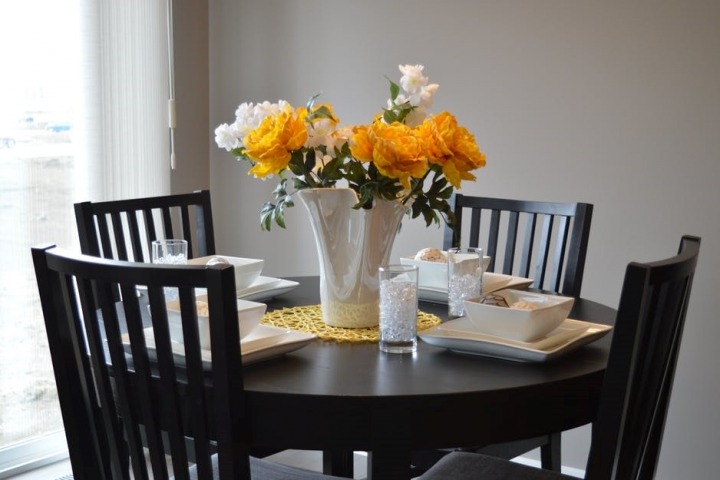
How to stage your home for a quick sale
Potential home buyers look at the quality and amenities in the area they are looking at buying. The quality of schools, job opportunities, location of retail and other services are all things that are taken into account. It is important that the condition and appearance of your home makes it easier for potential buyers to decide to buy your property and have confidence they are making the right decision.
Read More >>>

Decluttering your lounge
The lounge is where you want to go to relax. You want a calm tidy space where you can unwind with family. It is where you entertain guests. It is the last place in your home that you want to be messy. Lets take a look at how you can easily make your living room the calm comfortable sanctuary it deserves to be.
Read More >>>

